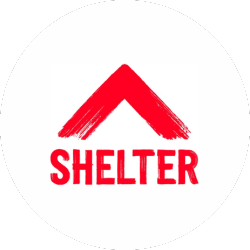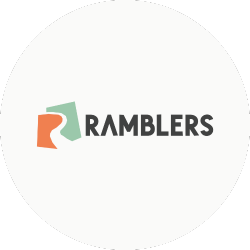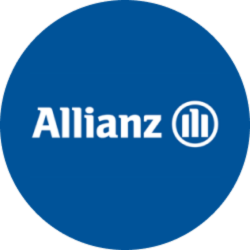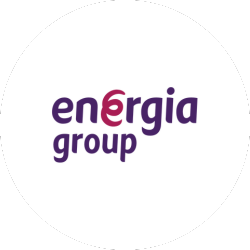Success Story
Unifying the Donor Experience for Cancer Research UK

Tap’s Adobe Campaign expertise enables Cancer Research UK to deliver (and continuously improve) a unified, personalised donor experience.
Industry
Non-profit
Date delivered
Ongoing
Length of project
Since March 2020
Solution provided
Understanding customers, delivering personalisation at scale, connecting customer journeys across channels
Technology
Adobe Campaign
The Project
Cancer Research UK’s database was growing toward 1.5M contributors, but gaps in the charity’s Adobe Campaign configuration prevented them from engaging 1:1 like they wanted. We’ve helped them unify donor intelligence, enhance targeted outreach, and bridge the gaps so the right data is always available. When every positive engagement furthers Cancer Research UK’s mission to beat cancer, this is hard work that’s truly worth it.
The Challenge
Cancer Research UK needed a solution to manage fragmented data and ensure seamless donor experiences across multiple touchpoints, teams and programs. The following issues were impacting their ability to connect 1:1 with contributors:
- Disconnected data silos made it hard to get a unified view of each donor.
- Donor preferences and communications were difficult to manage across different teams.
- Without a central system, providing donors with personalised offers was inefficient and inconsistent.
The Solution
Our work with Cancer Research UK has revolved (and evolved) around Adobe Campaign. Specifically, enabling the charity to access the platform’s full potential. It started with occasional support, quickly growing into a growth-focused and multi-faceted partnership.
Highlights include:
- Building ETL processes to integrate data from everywhere into Adobe Campaign.
- Developing a new preference centre in Adobe Campaign to give supporters more control over their data.
- Implementing Offer Management (a Campaign module) to enable personalised, weighted, rules-based offers.
- Configuring Message Centre (another module) to improve the agility of transactional emails.

Our focus has always been on providing a unified, personalised experience for donors and event participants. We’ve also been able to do a lot around the edges of that mission – like developing new Adobe Campaign projects or segmenting the database – by always asking, “What’s best for the donors?”
Harry Tennant, Senior Technical Consultant, Tap CXM
The Results
We’re thrilled to see Cancer Research UK achieve measurable improvements in donor communications and operational efficiency:
- Donor records are now integrated and accessible across the charity’s 30+ program delivery teams, providing a clearer picture of each supporter.
- Smoother, more efficient data flows have strengthened and streamlined cross-team collaboration.
- Adobe Campaign developments and expertise provide a more consistent and personalised experience for 1.45M donors and supporters.
- Offer Management enables tailored offers based on donor behaviour and preferences, resulting in more impactful campaigns.
We’re still working with Cancer Research UK, helping optimise the Adobe Campaign instance to maximise value and deliver personalised journeys.










